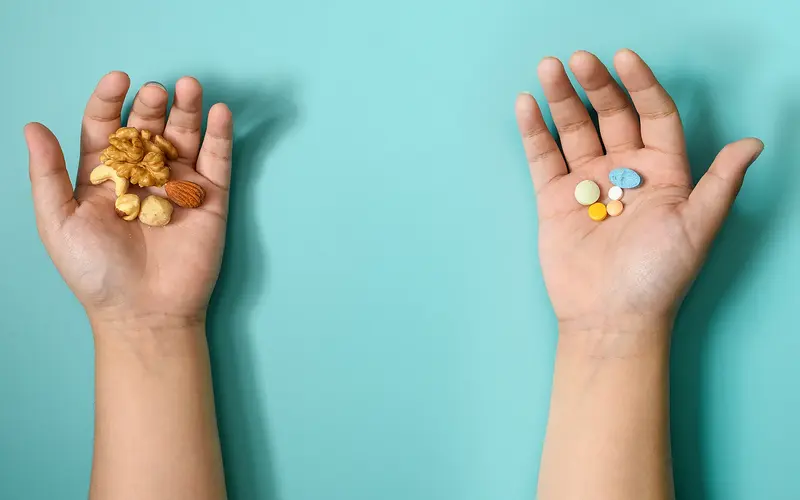The 'Ozempic Diet': Can Food Mimic Weight Loss Drugs?
Wednesday, 2025/10/08251 words4 minutes3287 reads
The advent of GLP-1 agonist drugs like Ozempic has revolutionized weight loss treatment, prompting researchers to investigate whether dietary interventions could potentially replicate their effects. These medications function by mimicking glucagon-like peptide-1 (GLP-1), a hormone that plays a crucial role in appetite regulation and metabolic processes.
Recent studies have elucidated that certain dietary components can stimulate endogenous GLP-1 production. Notably, foods rich in fiber and polyphenols have been shown to enhance GLP-1 secretion through the action of gut microbiota, which ferment these compounds into short-chain fatty acids. Additionally, monounsaturated fats have been associated with increased GLP-1 levels.
The nuances of meal composition and timing have also emerged as potential factors influencing GLP-1 production. Some research suggests that consuming protein and vegetables before carbohydrates may lead to higher GLP-1 secretion, although the underlying mechanisms remain unclear. Furthermore, the circadian rhythm appears to play a role, with early morning meals potentially stimulating greater GLP-1 release compared to evening consumption.
While these dietary strategies show promise, experts caution against equating their effects with those of pharmaceutical GLP-1 agonists. The potency and consistency of drug-induced GLP-1 activation typically surpass what can be achieved through diet alone, particularly for individuals with severe obesity or related metabolic disorders.
Nevertheless, the insights gained from GLP-1 agonist research are fostering a deeper understanding of appetite regulation and metabolic health. This knowledge may pave the way for more targeted dietary interventions and lifestyle modifications that could complement or, in some cases, serve as alternatives to pharmacological approaches in weight management.
